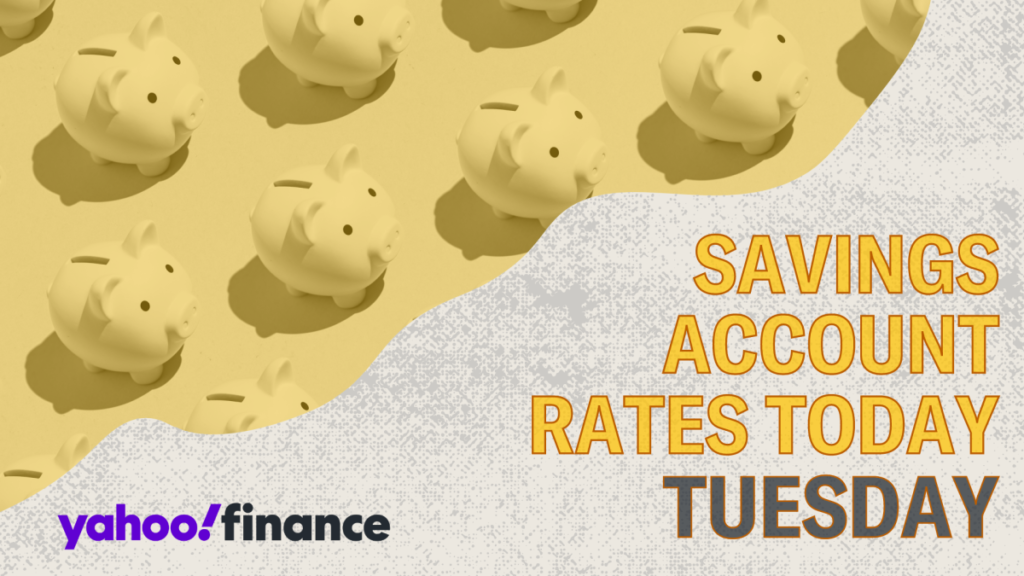In September 2023, the Federal Reserve made a significant move by reducing its target interest rate, which has begun to impact high-yield savings account rates that had risen to attractive levels of over 5% APY. With this change, it’s essential for individuals looking to maximize their savings interest to conduct thorough research and identify competitive offers. The current environment demands consumers take proactive steps to find the best savings rates available, particularly as varying institutions may offer differing rates. For potential savers uncertain about how to navigate this landscape, understanding the nuances of current savings interest rates and sourcing optimal options becomes increasingly relevant.
Presently, the average interest rate on traditional savings accounts sits at a meager 0.45%, as reported by the Federal Deposit Insurance Corporation (FDIC). However, consumers can access higher interest returns through high-yield savings accounts, which typically feature rates around 4.5% to 5% APY, or even more in some instances. These competitive rates are most frequently found with online banks, although credit unions and community banks are also in the race to attract savers. For instance, the highest noted rate is 4.81% APY, provided by Western Alliance Bank without any minimum opening deposit. Thus, potential savers are encouraged to investigate various offers from reliable banking partners to ensure they are making informed choices in their financial endeavors.
Analyzing the trajectory of savings account interest rates over the last decade reveals a history of volatility. Following the 2008 financial crisis, savings rates plummeted to historic lows between 0.06% and 0.10%. The Federal Reserve’s near-zero interest rate policy during this period aimed to facilitate economic recovery. Although rates began to recover incrementally from 2015 to 2018, they remained subdued relative to historical averages. The COVID-19 pandemic brought about another drastic decrease in rates, with the Fed once again lowering them to stimulate economic activity, bringing rates down to an average of 0.05% to 0.06% by mid-2021. Recent hikes in the Fed’s rates in response to rising inflation had led to a surge in savings account rates, but the latest cut in September 2023 signals a potential change in this upward trajectory.
Despite the significant increase in interest rates witnessed since 2021, the prevailing average savings account rate remains relatively low, especially when juxtaposed with potential returns from market investments. This disparity raises questions for consumers with long-term savings objectives, such as funding a child’s education or planning for retirement, as traditional savings accounts may not yield sufficient growth to meet such goals. Conversely, for individuals aiming to build emergency funds or save for short-term financial aims—like a home down payment or a vacation—high-yield savings accounts can serve as efficient financial instruments, allowing easy access to funds when needed.
For those exploring alternative deposit accounts, options such as money market accounts and certificates of deposit (CDs) can offer competitive rates that sometimes surpass those available with high-yield savings accounts. However, these alternatives often come with restrictions on withdrawals, making them less ideal for individuals who anticipate needing the liquidity that a traditional or high-yield savings account provides. Therefore, the critical task for savers is to meticulously compare various accounts, considering not only the rates offered but also fees and withdrawal limitations, to find an arrangement that aligns with their financial goals.
In summary, the recent changes in the Federal Reserve’s interest rate policy have a direct impact on the landscape of savings interest rates. With both historical context and current opportunities in mind, consumers must actively engage in researching different financial institutions to secure the best possible rates for their savings. Whether opting for traditional savings accounts or exploring high-yield options offered by online banks or credit unions, informed decision-making based on understanding rates, risks, and personal financial objectives will ultimately lead to more successful savings outcomes.

